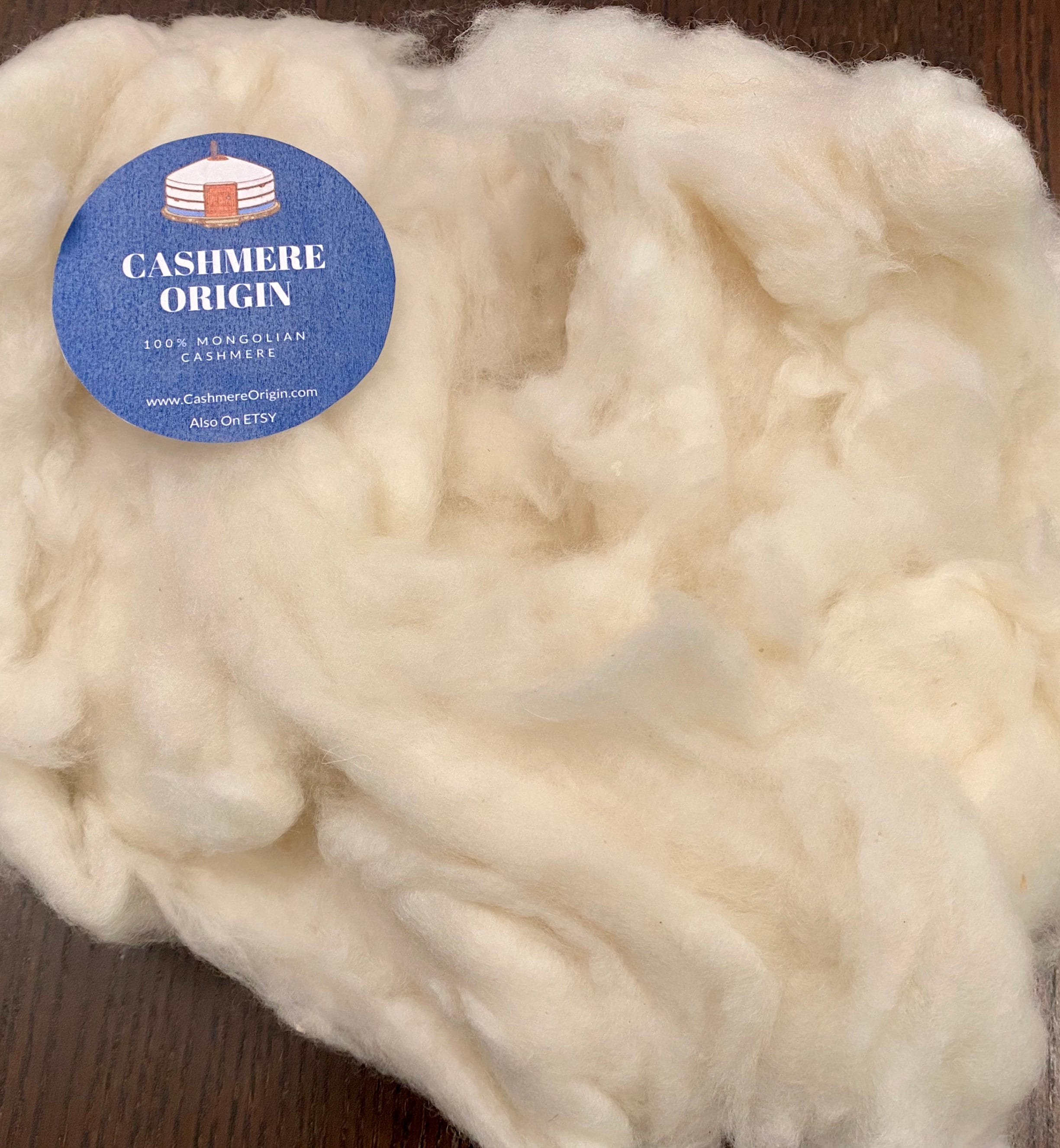The Luxury of What Is Cashmere: How It Enhances Your Wardrobe
The Luxury of What Is Cashmere: How It Enhances Your Wardrobe
Blog Article
Reasons You Need To Require Cashmere an All-natural Fiber for Convenience and Elegance in Everyday Put On
In the realm of fabrics, few fibers equal the deluxe and convenience of cashmere. This one-of-a-kind product, recognized for its premium soft qualities and insulation, provides unrivaled comfort and sophistication for day-to-day wear. What sets it apart from various other fibers? How does it impact the atmosphere and how does it contrast to artificial options? Exactly how can one best utilize cashmere to boost their style? These fascinating inquiries lay the structure for an informing expedition into the globe of cashmere.
Understanding the Lavish Nature of Cashmere

Assessing the Comfort Factor of Cashmere Apparel
What top qualities underscore the convenience factor of cashmere garments? The softness of cashmere is the very first top quality to take into consideration. Its luxurious structure makes it seem like a 2nd skin, offering heat without the weight or itching connected with various other woollen products. Cashmere's special fiber structure enables for breathability, controling temperature and preventing getting too hot. The product's versatility and longevity make sure that it mold and mildews against the body comfortably, preserving its form in time. Cashmere's hypoallergenic residential or commercial properties also add to its convenience, making it a suitable choice for sensitive skin. Finally, the capability to layer cashmere pieces without bulkiness heightens the comfort variable. Fundamentally, the convenience of cashmere is originated from its softness, breathability, resilience, hypoallergenic nature, and adaptability.

The Ecological Effect and Sustainability of Cashmere
While the comfort and elegance of cashmere are certainly enticing, it's equally important to consider its partnership with the atmosphere. Cashmere production, largely in Mongolia and China, entails elevating cashmere goats, which can dramatically stress vulnerable meadow environments because of overgrazing. This can cause desertification, a pushing ecological concern. The processing of cashmere, including cleaning and dyeing, can also add to water air pollution if not properly managed. Efforts are being made to establish lasting cashmere production techniques, such as rotational grazing and cleaner handling strategies. While cashmere has environmental influences, its sustainability greatly depends on manufacturing techniques.
Contrasting Cashmere to Synthetic Fibers: A Cost-Benefit Evaluation
Regardless of its ecological challenges, cashmere offers a distinct set of benefits over artificial fibers. On the expense side, cashmere is undoubtedly a lot more costly because of its labor-intensive production procedure. The benefits make it worth the investment. Cashmere's natural fibers provide unequaled gentleness and heat, equating into his response convenience that synthetic fibers battle to match. Cashmere pieces are highly long find lasting, promising long life that offsets initial costs over time. Unlike artificial fibers, cashmere does not add to microplastic air pollution, making it a more sustainable option. On the other hand, synthetic fibers, while more affordable upfront, offer much less comfort, have much shorter lifespans and pose environmental issues. Hence, when assessing cost-benefit, cashmere's remarkable high qualities make it a rewarding investment for day-to-day wear.
Designing Tips With Cashmere for Everyday Sophistication
Having thought about the cost-benefit analysis of cashmere contrasted to synthetic fibers, it ends up being clear why this luxurious material is a popular selection for lots of. When styling cashmere for everyday elegance, simpleness is vital. A cashmere sweater, as an example, can be coupled with tailored pants or a streamlined skirt for a posh, put-together look - cashmere fibre. For an extra casual set, a cashmere cardigan put on over a basic t-shirt and jeans exhibits effortless style. Accessories can further raise the look: a statement necklace or headscarf can include a pop of shade to a neutral cashmere piece. Ultimately, the intrinsic elegance of cashmere makes it a functional enhancement to any type of closet, easily improving day-to-day attire with a touch of deluxe.

Conclusion
In recap, the impressive residential or commercial properties of cashmere make it a valuable addition to any wardrobe. Its luxurious feeling, convenience, breathability, and flexibility to differing temperature levels are exceptional. In enhancement, cashmere's sustainability and lower ecological impact contrasted to synthetic fibers further enhance its charm. The classic style of read review cashmere, incorporated with its flexibility, includes class to everyday wear. Investing in cashmere garments is a beneficial choice for sustainability, design, and comfort.

Report this page